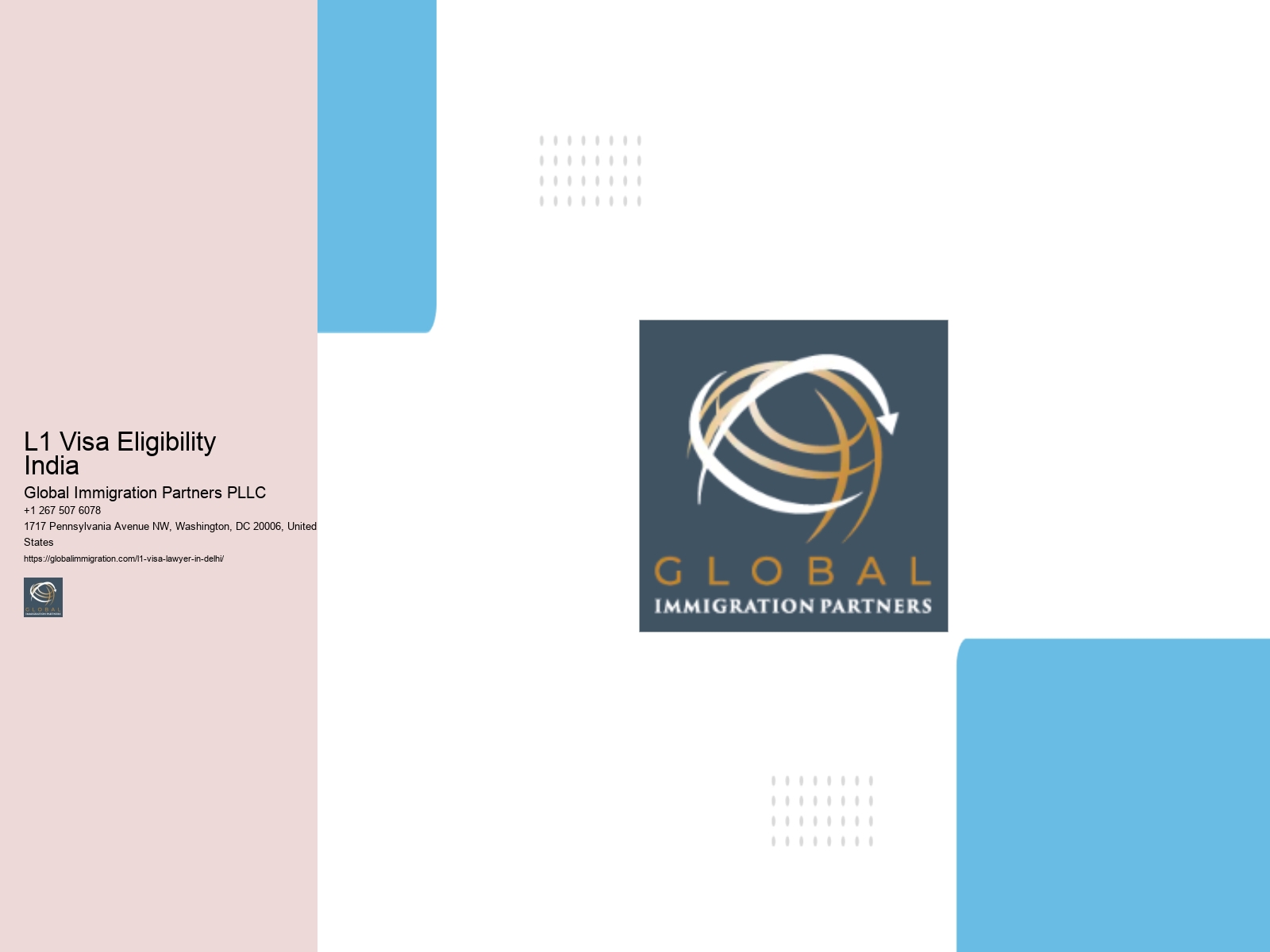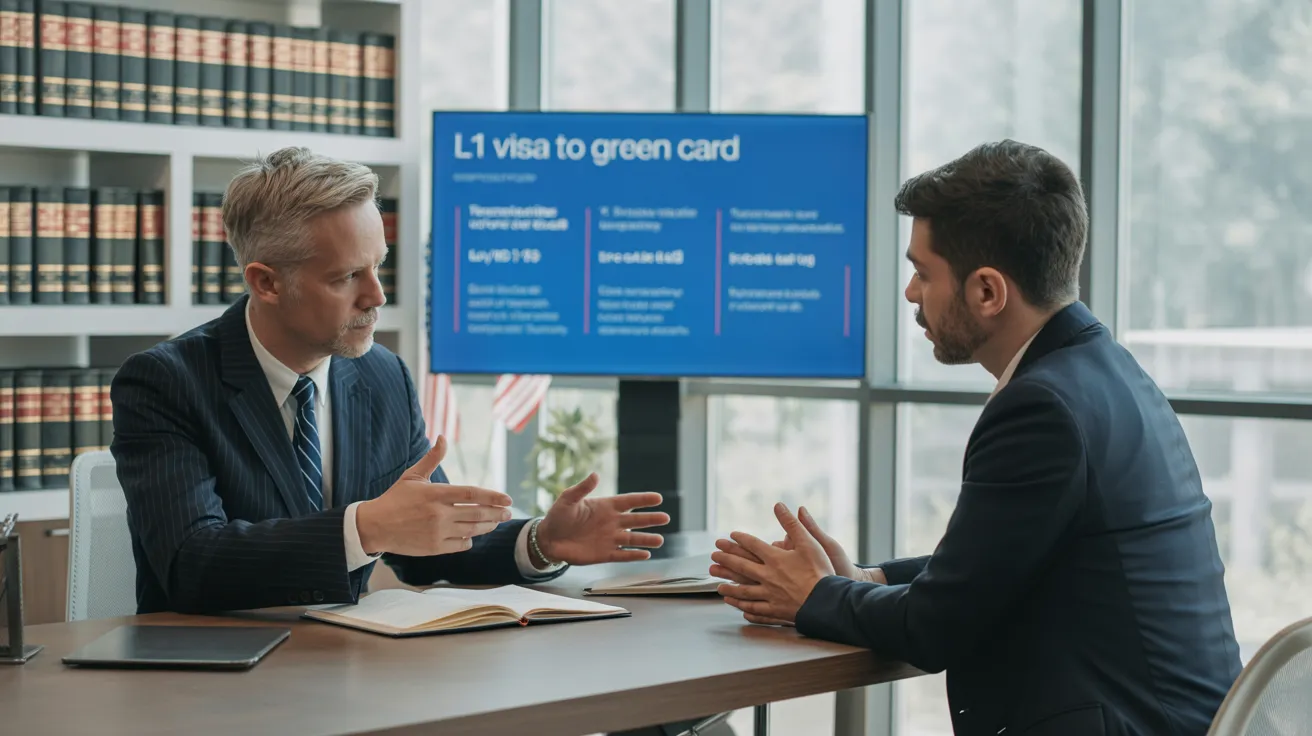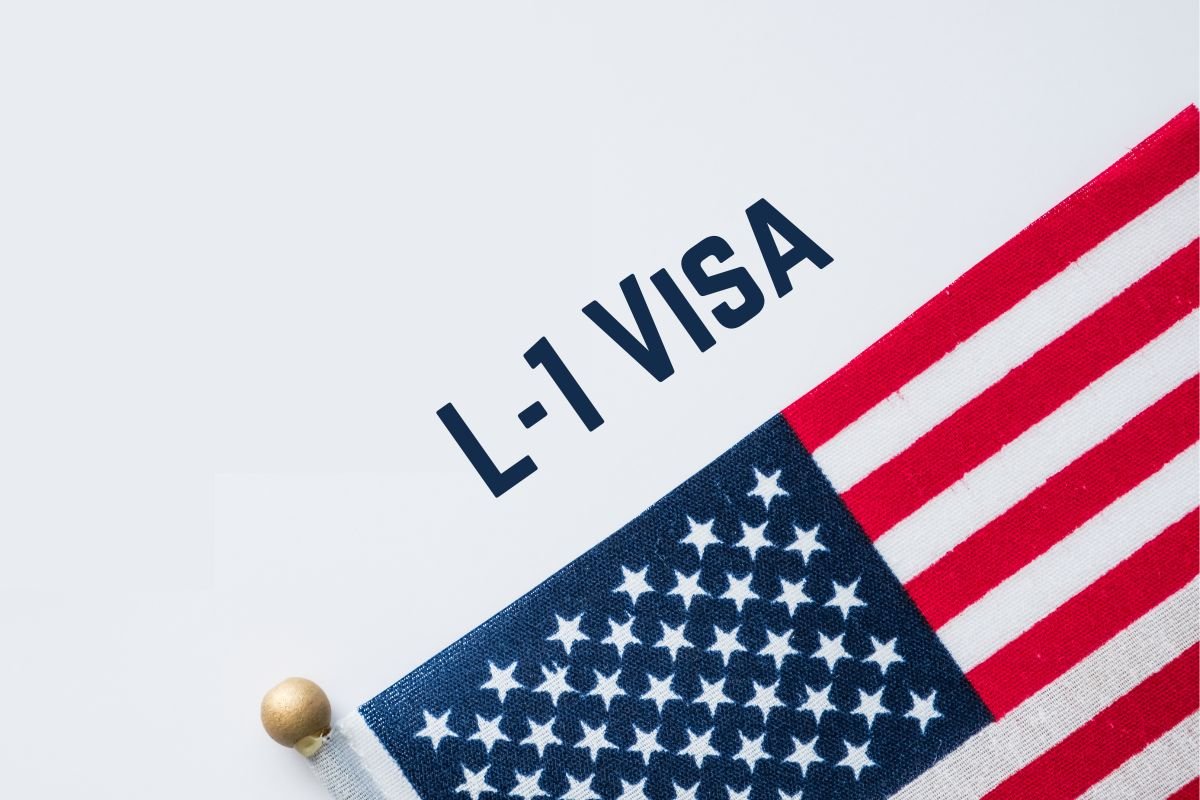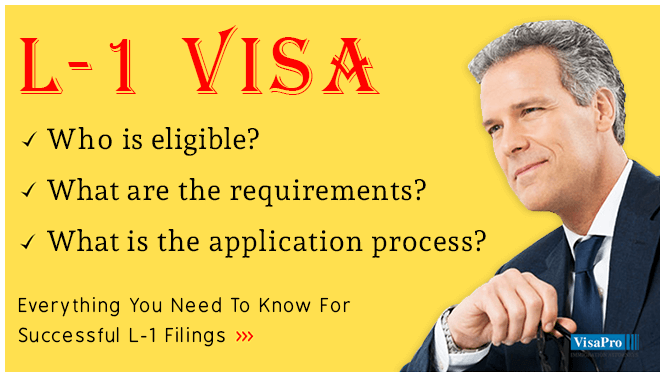

The L1 visa serves as a vital instrument for multinational corporations seeking to enhance their operational capabilities by transferring key personnel to the United States.
Understanding its nuances-ranging from eligibility criteria to the distinct categories of L1A and L1B-can greatly impact an organization's global strategy.
As companies navigate the complexities of the application process, they often encounter both opportunities and challenges. What are the essential steps that can streamline this journey and guarantee compliance while maximizing the benefits? The answers may provide valuable insights for those looking to expand their international footprint.
The L1 visa serves as an essential gateway for multinational companies seeking to transfer employees from their foreign offices to their U.S. operations. This non-immigrant visa is primarily designed for managers, executives, and employees with specialized knowledge.
By facilitating the movement of qualified personnel, the L1 visa enhances operational efficiency and promotes global business integration. Applicants must have been employed with the company for at least one continuous year within the preceding three years and must be entering the U.S. to work in a managerial or specialized knowledge capacity.
The L1 visa not only benefits companies by allowing them to leverage international talent but also helps foster innovation and competitiveness within the U.S. market. Understanding its requirements is vital for successful application.
Categorizing the L1 visa reveals two primary types: L1A and L1B, each tailored to specific roles within an organization. The L1A visa is designed for executives and managers, enabling them to transfer to a U.S. office while maintaining their leadership positions.
This visa offers a path to permanent residency after a certain period, making it appealing for high-level professionals. In contrast, the L1B visa caters to employees with specialized knowledge essential to the company's operations. This type allows organizations to leverage unique expertise within their workforce.
Both visa categories facilitate the seamless movement of talent across borders, promoting international business operations and encouraging global collaboration in various industries. Understanding these distinctions is important for prospective applicants.

Understanding the eligibility criteria for the L1 visa is essential for applicants seeking a seamless transfer to the United States. To qualify, the applicant must have been employed for at least one continuous year within the last three years by a foreign company that has a qualifying relationship with a U.S. entity.
This includes multinational companies with parent, subsidiary, affiliate, or branch relationships. Additionally, the applicant must be seeking to enter the U.S. to work in an executive, managerial, or specialized knowledge capacity.
It is vital that the position in the U.S. is directly related to the applicant's role in the foreign company, demonstrating the necessity of their expertise for the organization's operations in the United States.
Maneuvering the application process for the L1 visa requires careful attention to detail and adherence to specific procedures. The process begins with the U.S. employer filing a petition (Form I-129) with the United States Citizenship and Immigration Services (USCIS).
This petition must include supporting documentation, such as evidence of the qualifying relationship between the U.S. and foreign entities, as well as proof of the applicant's managerial or specialized knowledge qualifications. Once the petition is approved, the applicant can apply for the visa at the U.S. embassy or consulate in Delhi.
This involves completing the DS-160 form, paying the visa fee, and scheduling an interview. Proper preparation and organization of documents are essential for a successful application outcome.

Upon successful completion of the application process, the L1 visa offers numerous advantages for both employers and employees. For businesses, it facilitates the transfer of key personnel from international branches to U.S. operations, enhancing operational efficiency and fostering global collaboration.
This visa type allows companies to leverage specialized skills and expertise, which can considerably boost productivity and innovation. Employees benefit by gaining valuable international experience, which can enhance their career prospects.
The L1 visa also offers an initial stay of up to three years, with the potential for extensions, providing stability for expatriates. Additionally, it permits the visa holder's family to accompany them, ensuring a smooth shift and integration into the new environment. Overall, the L1 visa is a strategic asset for global businesses.
Steering through the L1 visa process can often present various challenges for both employers and employees. One common hurdle is the documentation requirements; incomplete or inaccurate paperwork can lead to delays or denials. To mitigate this, employers should meticulously prepare and review all necessary documents, such as proof of employment and company qualifications.
Another challenge is traversing the complexities of eligibility criteria, which may vary based on the visa type. Consulting with an immigration attorney can provide clarity and guarantee compliance with regulations.
Additionally, the lengthy processing times can be frustrating. To address this, applicants are encouraged to file petitions as early as possible and utilize premium processing options when available. Proactive planning and expert guidance can greatly ease the L1 visa journey.

L1 visa holders generally do not face specific travel restrictions; however, they must adhere to the conditions of their visa status. Travel outside the United States is permitted, but re-entry may require proper documentation to guarantee compliance with visa requirements. It is advisable for L1 visa holders to maintain their employment status and confirm that their visa remains valid while traveling. Consulting with an immigration attorney can provide tailored guidance on travel considerations.
If your L1 visa expires during the green card application process, it is essential to address the situation promptly. Typically, you may be allowed to remain in the United States while your green card application is pending, provided it was filed before your visa expiration. However, it's advisable to consult with an immigration attorney to explore your options and guarantee compliance with immigration regulations, thereby avoiding any potential issues with your status.
Yes, L1 visa holders can apply for permanent residency in the United States. This process typically involves filing an immigrant petition, such as the EB-1C category for multinational managers and executives, or other relevant categories based on qualifications and employment. The shift from an L1 visa to permanent residency allows individuals to establish a more permanent status in the U.S., facilitating long-term employment and residency opportunities. It is advisable to consult an immigration attorney for guidance.